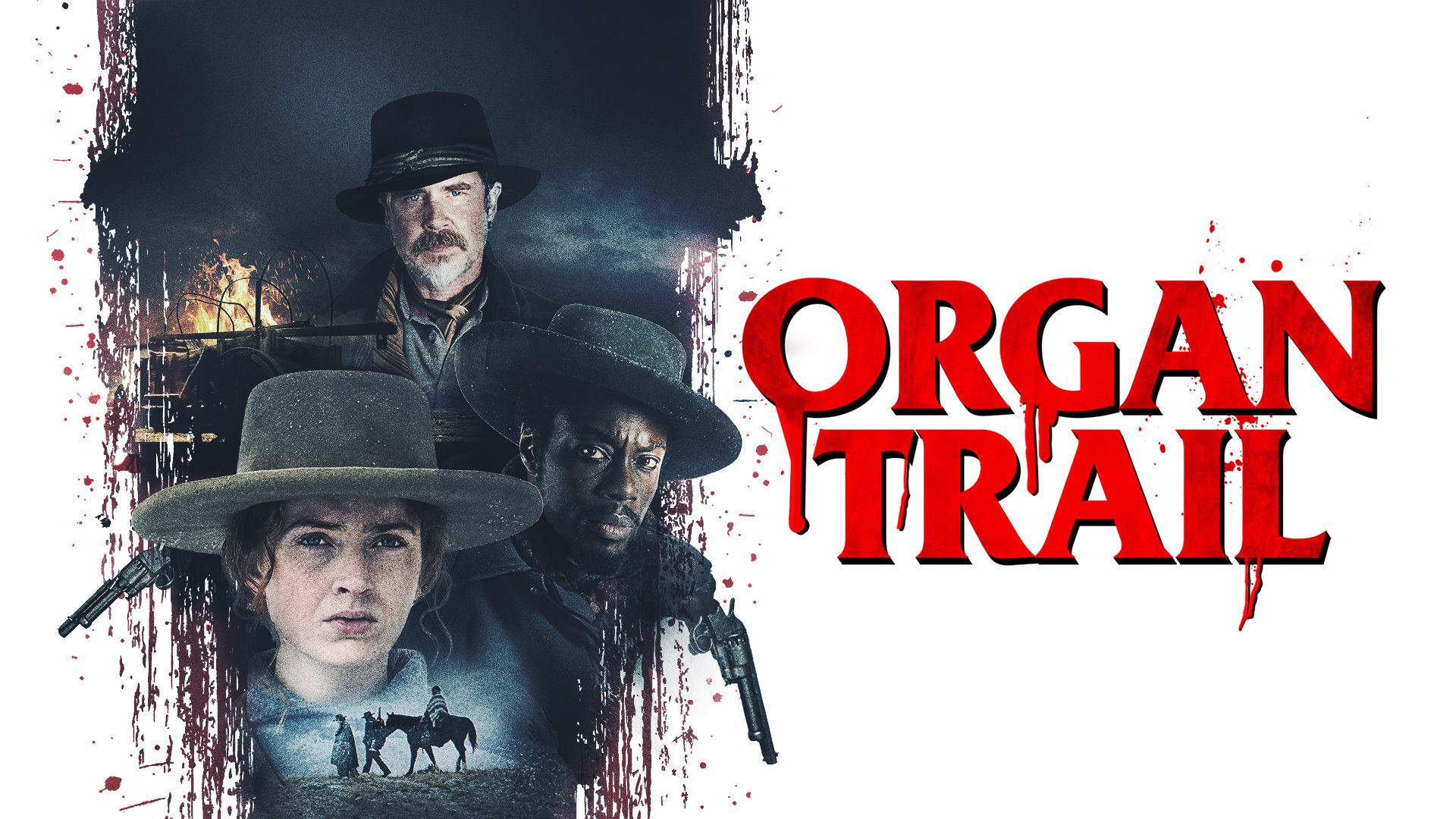
In the shadowy corridors of Nordic noir, the Department Q film series stands tall as one of the most chilling and cerebral detective sagas in recent memory. Based on the best-selling novels by Jussi Adler-Olsen, these Danish-language films follow two mismatched investigators as they unearth forgotten crimes buried deep in the bureaucracy of Copenhagen’s cold-case division.
The original four films — The Keeper of Lost Causes (2013), The Absent One (2014), A Conspiracy of Faith (2016), and The Purity of Vengeance (2018) — introduced audiences to Carl Mørck (Nikolaj Lie Kaas), a disgraced, emotionally scarred detective, and Assad (Fares Fares), his calm, resourceful partner with a mysterious past. Together, they form the unlikely heart of Department Q — a basement-dwelling unit tasked with solving the cases everyone else has given up on.
What sets Department Q apart from other police procedurals is its haunting atmosphere and psychological depth. These aren’t flashy whodunits filled with action and gunfire. They are slow-burning, moody explorations of human cruelty, trauma, and justice delayed. The crimes are complex, often involving layers of institutional corruption, religious fanaticism, or family secrets, and the victims are given as much emotional weight as the investigators themselves.
Carl Mørck is not a likeable hero in the traditional sense. He’s angry, withdrawn, and haunted by guilt from a failed operation that left a colleague paralyzed. Assad, meanwhile, is the moral compass of the duo — calm, empathetic, and far more patient with the human condition. Their growing friendship, tested by the horrors they uncover, is the emotional spine of the series.

Each film feels like a standalone mystery, but there is an evolving arc — both personal and professional — that ties the installments together. From child abuse and military boarding school cover-ups (The Absent One) to cults and fanatical belief systems (A Conspiracy of Faith), the series dives into the darkest corners of Danish society with unflinching precision.
Visually, the films are steeped in Scandinavian noir style — muted colors, grey skies, clinical interiors, and stark lighting. The cold aesthetic mirrors the emotional detachment of the crimes, creating a chilling but immersive experience.



